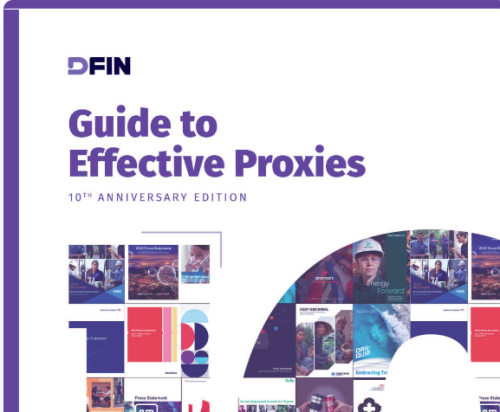Improved long-term returns and risk mitigation are the key motivators behind ESG integration, according to a series of snap polls held at the recent Truvalue Labs ESG Investing Forum, with social named as the most difficult element to analyze and integrate.
Almost two thirds (72 percent) of respondents say social is the most difficult to analyze and integrate, while less than a fifth (18 percent) say environmental and just 10 percent say governance is most difficult.
When it comes to the motivation behind ESG integration, by far the most popular response is improved long-term returns at 42 percent, though risk mitigation and client demand also rank relatively highly at 27 percent and 22 percent, respectively. The other options offered – regulatory demands (2 percent) and brand and reputation (7 percent) – also offer insight into ESG motivation.
The Truvalue Labs ESG Investing Forum was held virtually on October 27-29, attracting 1,178 registrants representing asset managers, asset owners, banks, brokers and other stakeholders from 40 countries, according to Truvalue. It polled attendees across a range of sessions to gather insights on ESG integration, with all questions answered by at least 100 delegates.
Other interesting findings show that most respondents are behind in – or have not yet started – prep work to comply with new EU regulations around ESG disclosure. While almost half (47 percent) say planning is well under way, more than a quarter (27 percent) say they are behind in planning, with a further quarter (26 percent) admitting they have not yet begun.
Interestingly, when the firm posed the question, ‘Is your investment framework aligned to the UN Sustainable Development Goals (SDGs)?’, 30 percent said no, and that they had no plans to do so. Speaking to IR Magazine for a feature in the fall issue of the magazine, Mikkel Skougaard, senior expert in ESG at Hungarian oil and gas giant MOL, said: ‘The SDGs are a great thing to strive for and have slowly been incorporated into sustainability reporting. But in my personal opinion, they provide really fertile soil for greenwashing. Basically any company can tick the boxes.’
Despite this, 28 percent of Truvalue Labs respondents say they currently have targets regarding SDG alignment, while a further 42 percent say such plans are in the pipeline.
Climate change is the big driver
Two final polls surveyed respondents on which ESG themes are likely to be the big drivers, both in the coming year and in the next three to five years. The resounding answer was climate change. Almost three fifths (57 percent) cite climate change as the biggest ESG driver of the coming year, rising to 70 percent for the next three to five years.
Interestingly, though, while inequality ranks relatively high for the coming year at 30 percent, just 11 percent say it will be the biggest driver over the longer-term outlook, suggesting that focus on inequality in 2020 is perhaps something of a fad.
Gender diversity ranks low across both questions at 4 percent and 5 percent, respectively, but respondents see sustainable consumption – no doubt because of its links to climate change – as a growth area. While 6 percent say it is going to be the biggest ESG driver in the coming year, this rises to 13 percent for the three-to-five-year time horizon.










